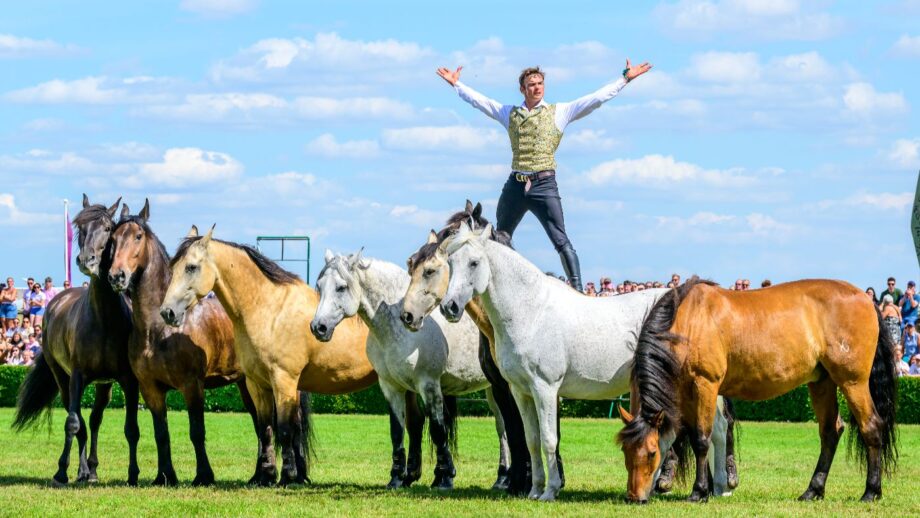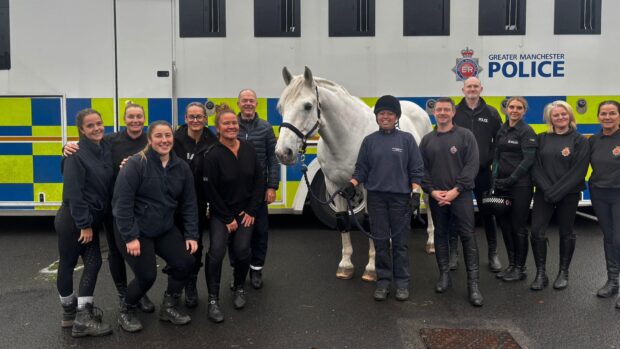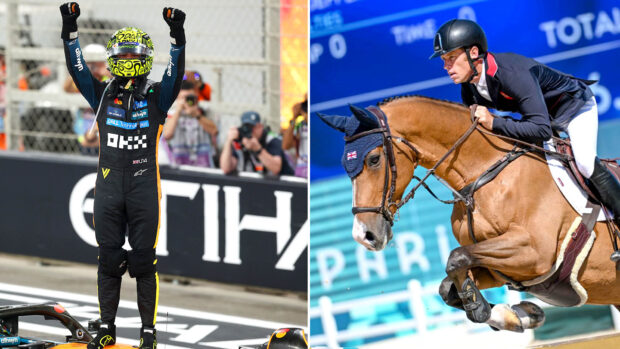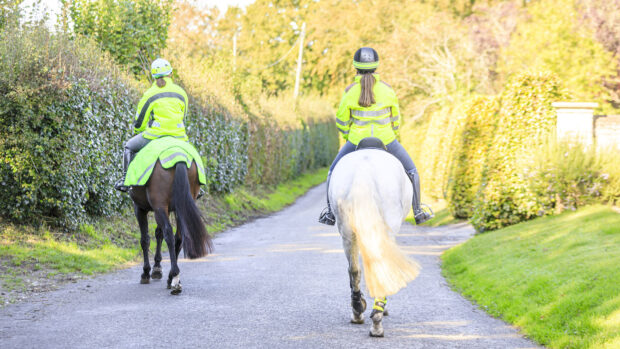Equestrians gain certain insights about a horse’s body language almost by default. For example, it’s widely known that a horse with his ears flat back is unhappy even outside the horse-owning community. We also benefit from a body of research into how ridden horses’ facial expressions can be signs of pain. But what about the minutiae of an individual horse’s body language?
Liberty training expert Ben Atkinson’s work, and the core of his training programme the Ben Atkinson Method, is founded on observing and interpreting equine body language, and responding to those signals with his own.
“Working with horses without reading their body language is like attempting meaningful conversation while actively not listening,” says Ben. “Every time a horse offers us information with their body, and we miss or ignore it, we act like a dictator. We show them we are not a conversation partner, or someone they can trust.”
Additionally, Ben says that a horse’s body language is just one half of the puzzle.
“Understanding how your horse uses body language means you can adapt your own. How we hold ourselves, how we talk and stand, and even when and where we direct our eye tells horses a thousand things about our intentions.”
Body talk: what to look for in your horse
Reassuringly, Ben explains that learning to read body language is not as complex or intimidating as it might appear; you follow just two simple rules.
“Rule one is observation: if you’re not watching, you’ll miss things,” explains Ben. “Rule two: you’re not a politician who must deliver hasty sweeping statements. You are a detective.”
Ben adds that a handler’s observations should take in more than just the horse.
“You also consider the context,” he continues. “Work out what your horse is telling you by factoring in information about yourself and your surroundings to figure out the ‘why?’”
What subtle signs should you look for?
“Tension in the skin and muscles around the eyes and muzzle, the dilation of the nostrils, the rate of breathing, tail movement, ear position and even how high or low the horse holds its head can tell us dozens of things,” explains Ben.
Ben adds that there isn’t a general way to interpret these signals, and their meaning is influenced by the conditions you’re working in as well as your horse’s character.
“Observing your own horse helps you begin to recognise behavioural patterns and sequences. Bringing these findings into your work with him keeps you one step ahead of the game.”

Credit: JShPicture
Can horses read human body language?
In a word: yes! And you could be revealing things to your horse that you don’t intend.
“Becoming aware of the subtle ways horses affect our posture and movements means we can manipulate our body language to train better,” says Ben.
“Have you ever seen a toddler topple over and done your best to fake a laugh, clap and smile to convince them everything’s ok? Manually overriding our instincts like this is a tool for horse training, too. It lets us carry ourselves in a way that makes our intentions clearer to our horses, and helps them find the right answer.”
How do you put this into practice?
“If you need more space from a horse, stand up straight with your shoulders back, make direct eye contact and plant all ten toes in the ground,” says Ben. “Show him you are immovable.
“Or, if you’re trying to entice a skittish or nervous horse, look at the floor. Hunch your shoulders, keep your hands and arms tucked close to your body and shuffle away slowly as the horse approaches or looks at you. Be unthreatening and intriguing.”
When communicating with horses, says Ben, you are playing a part.
“You are an actor on a stage,” he continues, “your body the only tool you have to convey who you are and what your intentions will be.”
Want to see Ben in action? See him at BAM Live on Saturday 13 September, visit horsemanshiphub.com for more information
- To stay up to date with all the breaking news from major shows throughout 2025, subscribe to the Horse & Hound website
You might also like:
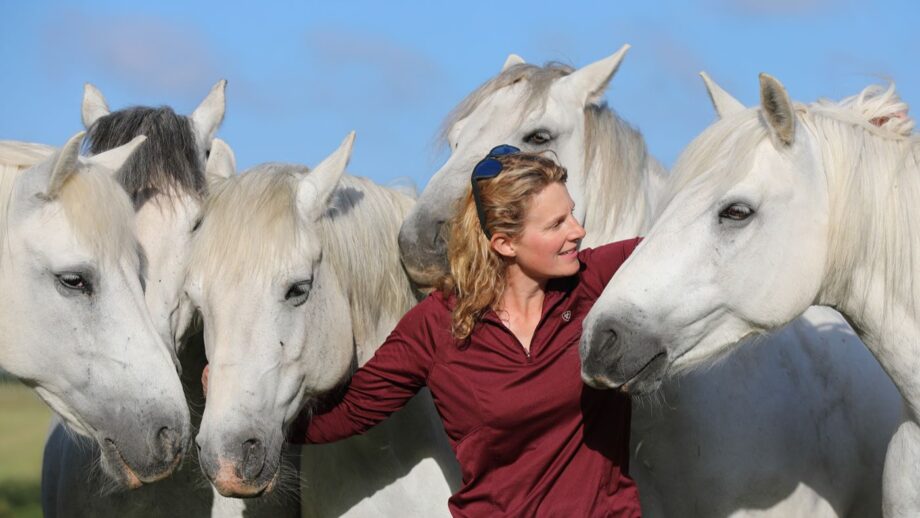
Interested in working horses at liberty? Here’s what you need to know about its history, approaches and best practice from expert horse trainers

‘A broader experience of life off the leadrope’: Emma Massingale reveals the liberty training exercises you need to start your journey
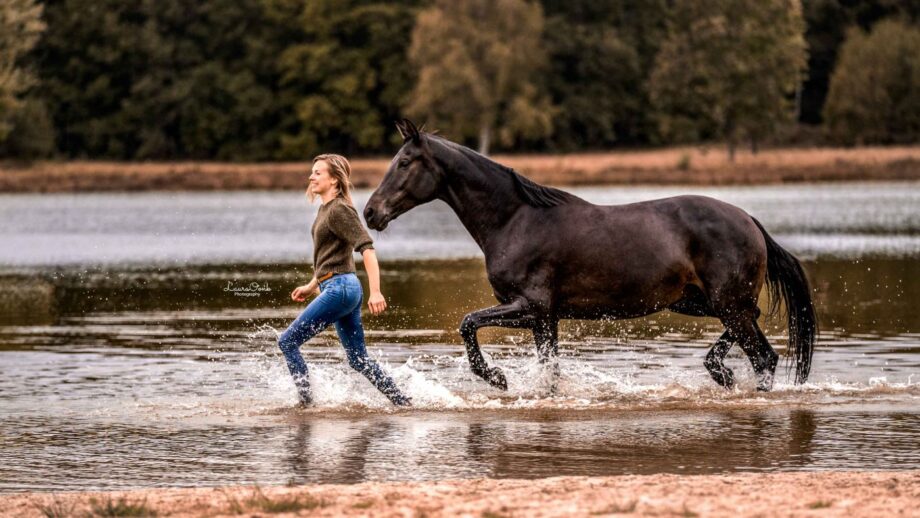
‘Show him he has a choice’: liberty trainer shares her tips for how to connect with a horse, and indicate you’re listening
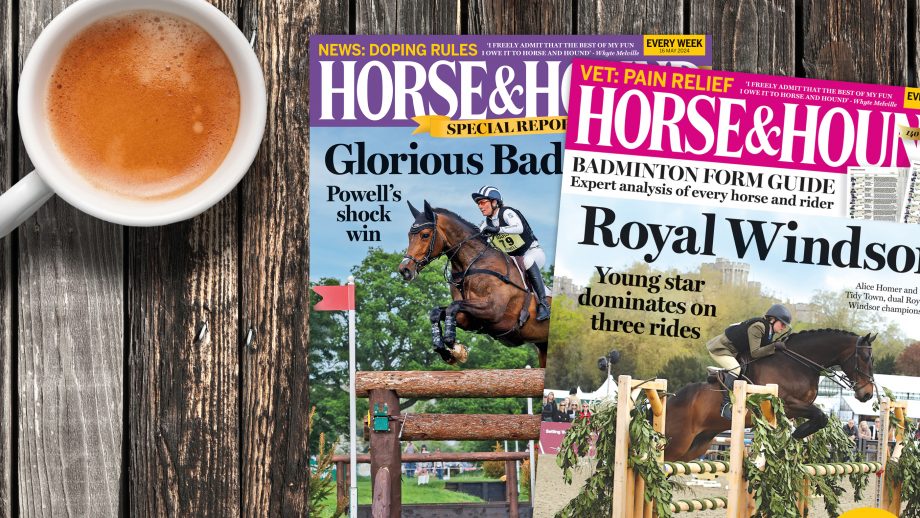
Subscribe to Horse & Hound magazine today – and enjoy unlimited website access all year round

